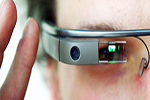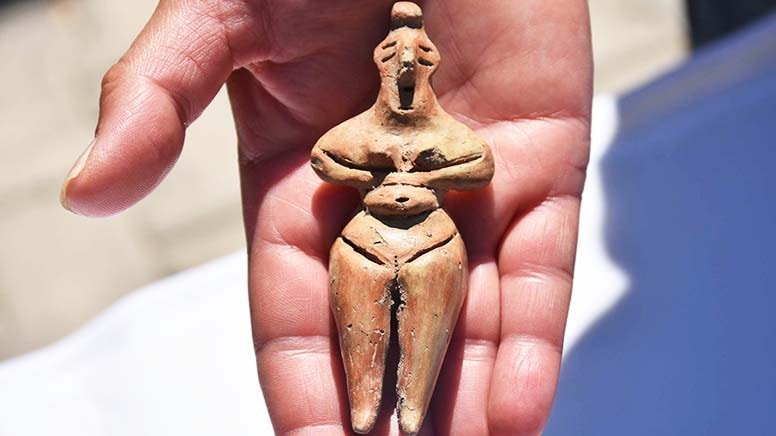
- A-
- A
- A+
Start-Up Gives the Visually Impaired a Way to Read
Birth defect that perforates a structure of the eye and afflicts about 1 in 10,000 people, is an employee at OrCam, an Israeli start-up that has developed a camera-based system intended to give the visually impaired the ability to both “read” easily and move freely.
Until now reading aids for the visually impaired and the blind have been cumbersome devices that recognize text in restricted environments, or, more recently, have been software applications on smartphones that have limited capabilities.
In contrast, the OrCam device is a small camera worn in the style of Google Glass, connected by a thin cable to a portable computer designed to fit in the wearer’s pocket. The system clips on to the wearer’s glasses with a small magnet and uses a bone-conduction speaker to offer clear speech as it reads aloud the words or object pointed to by the user.
The system is designed to both recognize and speak “text in the wild,” a term used to describe newspaper articles as well as bus numbers, and objects as diverse as landmarks, traffic lights and the faces of friends.
It currently recognizes English-language text and beginning this week will be sold through the company’s Web site for $2,500, about the cost of a midrange hearing aid. It is the only product, so far, of the privately held company, which is part of the high-tech boom in Israel.
The device is quite different from other technology that has been developed to give some vision to people who are blind, like the artificial retina system called Argus II, made by Second Sight Medical Products. That system, which was approved by the Food and Drug Administration in February, allows visual signals to bypass a damaged retina and be transmitted to the brain.
Liat Negrin, an employee at OrCam who has limited sight, demonstrates the Orcam device, which helps her cross streets, read menus and shop at the supermarket.
The OrCam device is also drastically different from Google Glass, which also offers the wearer a camera but is designed for people with normal vision and has limited visual recognition and local computing power.
Additionally the OrCam system is designed to have a minimal control system, or user interface. To recognize an object or text, the wearer simply points at it with his or her finger, and the device then interprets the scene.
Similar News
Links



 Elm TV
Elm TV
 Photo
Photo
 Video
Video





